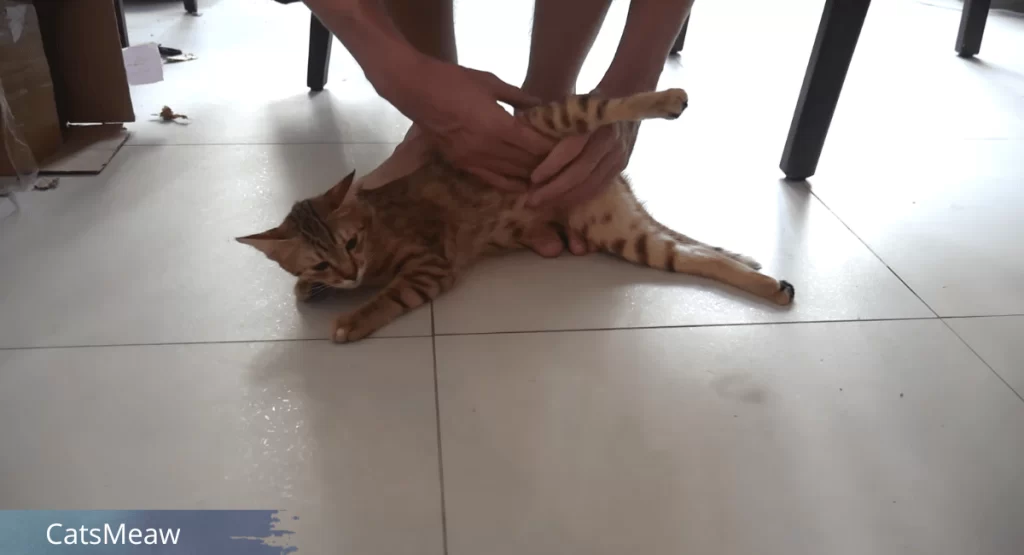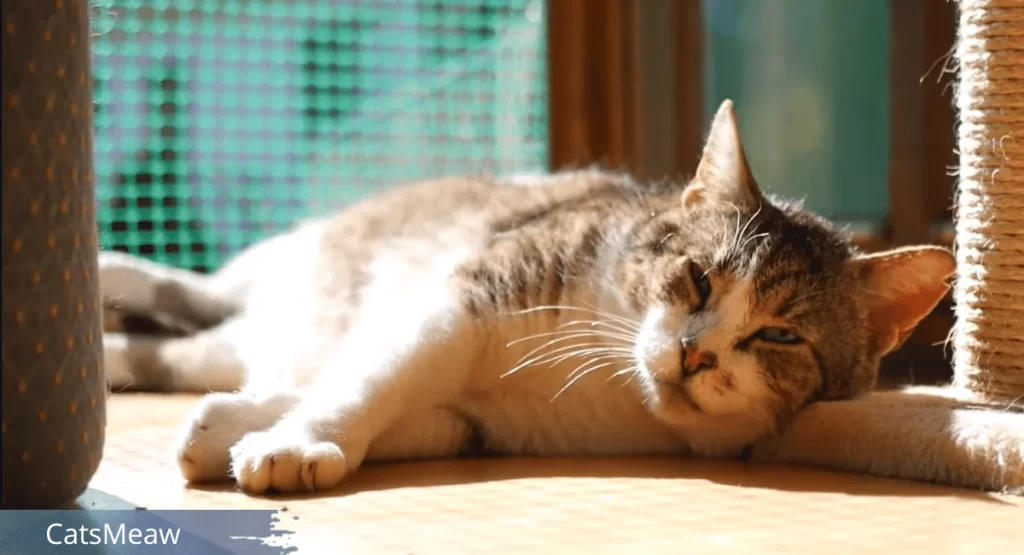If you have a cat, then it’s essential to have a good understanding of your feline friend’s reproductive cycle. A significant part of this cycle is the heat period, also known as estrus. During this time, female cats experience a range of physical and behavioral changes as their bodies prepare for mating. Knowing how long your cat in heat can help you better care for your pet and make informed decisions about their reproductive health.

Table of Contents
Signs of a cat in heat
When a cat is in heat, she will exhibit various signs that indicate her fertility. One of the most noticeable signs is vocalization. Your cat may become unusually vocal, meowing loudly and frequently to attract potential mates. Additionally, a cat in heat may display more affectionate behavior, rubbing against objects or people and rolling on the floor.
Physical changes are also apparent during this period. The cat’s vulva may appear swollen and red, and she may assume a mating position by elevating her hindquarters and treading her back legs. Increased grooming is another common sign, as the cat tries to keep herself clean for potential suitors.
Duration of the heat cycle in cats
The length of a cat’s heat cycle can vary from one feline to another. On average, a cat in heat will experience this phase for about a week. However, it’s crucial to note that individual cats may have shorter or longer heat cycles. Some cats may stay in heat for as little as three days, while others may remain in this state for up to two weeks.
It’s also essential to understand that the heat cycle is not a continuous period. A cat will typically go through multiple heat cycles throughout the year, with each cycle lasting around one to two weeks. However, the frequency of these cycles can be influenced by various factors.
Factors that can affect the length of a cat’s heat cycle
Several factors can influence the duration of a cat’s heat cycle. The most significant factor is whether or not the cat mates. If a cat successfully mates and becomes pregnant, her heat cycle will end. However, if mating does not occur, the heat cycle will continue until it naturally subsides.
Other factors that can affect the length of a cat’s heat cycle include the cat’s age and breed. Younger cats tend to have shorter heat cycles, while older cats may experience longer cycles. Certain breeds, such as Siamese and Burmese cats, are known for having longer heat cycles compared to other breeds.
How to tell if your cat is in heat
Recognizing the signs of a cat in heat is essential for providing proper care. If your cat is displaying excessive vocalization, increased affection, and changes in behavior, there’s a good chance she is in heat. Additionally, pay attention to physical changes such as a swollen and red vulva.
Additionally, if your cat is continuously in heat and the cycles are becoming more frequent, it’s advisable to consult with a veterinarian. They can assess your cat’s overall health and recommend appropriate measures to help regulate her reproductive cycle.
Related: How to Calm a Cat in Heat Naturally
To confirm your suspicions, you can gently palpate your cat’s abdomen. If she is in heat, she may respond with a characteristic rolling or treading motion. It’s important to note that if you suspect your cat is in heat, it’s best to consult with a veterinarian for a proper diagnosis.

Dealing with a cat in heat – tips and advice
Having a cat in heat can be challenging for both the cat and the owner. Here are some tips and advice to help you navigate through this period:
- Provide a safe and secure environment: During a cat’s heat cycle, she may attempt to escape or show signs of restlessness. Ensure that your home is secure, with no open windows or doors that could allow her to wander off.
- Minimize stress and anxiety: Cats in heat can become more agitated and anxious. Provide a calm and quiet environment to help reduce their stress levels. Consider using pheromone diffusers or calming sprays to create a soothing atmosphere.
- Distract and engage: Engaging your cat with interactive toys and playtime can help redirect her focus and expend excess energy. This can be particularly helpful in reducing her restlessness and preventing her from engaging in unwanted behaviors.
- Consider temporary separation: If you have multiple cats in the household, it may be beneficial to temporarily separate them during your cat’s heat cycle. This can help prevent unwanted mating attempts or fights between cats.
Spaying and neutering cats to prevent heat cycles
One effective way to prevent your cat from going into heat is by spaying or neutering them. Spaying involves the removal of a female cat’s reproductive organs, while neutering is the removal of a male cat’s testicles. Not only does this prevent heat cycles, but it also offers several health benefits and helps control the cat population.
Related: Cat Hissing: Everything You Need to Know
It’s recommended to spay or neuter cats at an early age, typically around six months. However, consult with your vet to determine the best timing for your cat. The procedure is relatively safe, and recovery is generally quick.
When to seek veterinary care for a cat in heat
While being in heat is a natural part of a cat’s reproductive cycle, there are instances when veterinary care may be necessary. If your cat displays extreme discomfort, excessive vocalization, or appears to be in pain, it’s essential to seek veterinary attention. These symptoms could indicate underlying health issues or complications related to the heat cycle.
Conclusion
Understanding how long cats are in heat is crucial for providing the best care for your feline companion. By recognizing the signs of a cat in heat, you can ensure that her needs are met during this period. If managing a cat in heat becomes challenging, consider spaying or neutering as a long-term solution. Remember, always consult with a vet for professional advice tailored to your cat’s specific needs. With proper care and attention, you can help your cat navigate through her heat cycles and maintain her overall well-being.
